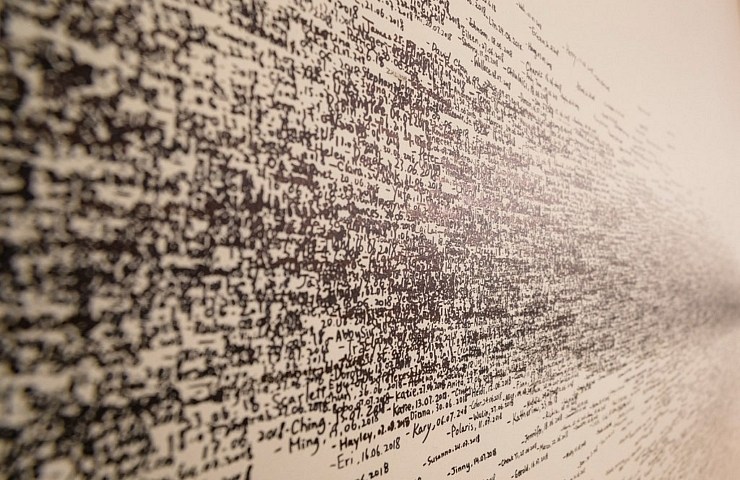Anyone who knows anime knows that there is a forever ongoing debate as to what is better: subs or dubs. “Subs” refer to anime that use subtitles with the original Japanese audio, and dubs refer to the same anime, but a version that has dubbed the viewers’ native language over the Japanese. Usually dubs are done in English, so that subtitles are not needed. While it may seem like a goofy and pointless topic, the subs vs. dubs debate can actually reveal a lot about fandom culture and orientalism.
English dubs of anime can be great for English speaking viewers because they can hear the characters speak in their language. Because they are more familiar with the language, they can recognize the small quirks and changes in the tones of voice. This is an argument that is often made by pro-dub viewers. In addition to this, some people’s comprehension is more speech-based, and they retain information better when hearing it rather than reading it. So for these people, hearing dialogue in a television show will stick with them more than reading. In addition, blind people with sight issues who do not know Japanese can benefit from dubs. They may not be able to read the subtitles, but that doesn’t mean they shouldn’t be able to enjoy a fun Naruto battle. So the dub option seems very inclusive and helpful for a lot of viewers.
On the sub side of things, pro-sub people tend to make the argument that subbed animes are more authentic since they’re in the cartoon’s intended language. This makes sense as a lot of anime takes place in Japan, so it is technically more authentic. The performances of the voice actors are the intended performances of the show, so any dub would technically be an altered version of the story. When watching a sub, you’re watching how it was intended to be watched, and there is some value in that. Some viewers have a distrust of English dubs because sometimes, dubs will change the dialogue in order to erase LGBT characters and sexual content. This was the case with the Sailor Moon English dub, where the dialogue of an obvious lesbian couple was rewritten to be as if they were cousins. So it’s easy to understand why many anime viewers prefer the original over the re-dubbed. Of course, subtitles also require you to read, and this can actually improve reading speed and comprehension, adding another virtue to the sub side of the argument.
We do have to realize that western prejudice does play into this debate however. Many may remember the interview with “Parasite” director, Bong Joon-ho, where he was asked why he decided to have his film in Korean, even though he himself speaks Korean. There is certainly a trend for the U.S. to demand a piece of media be converted to English, so much so that it can lead to ignorant interview questions like that. It’s technically easier to have it in your own language, and certainly this idea that everything should be in English can have an effect on pro-dub people. Pro-dubbers of course may not be racist, but they may naturally have some prejudices due to being in a western country. Because of this, pro-dubbers should definitely ask themselves why they prefer dubs over subs, and try to be aware of their biases.
Of course pro-sub people can sometimes be gatekeepers in fandoms, claiming that their appreciation of an anime is greater because they watched it in the original language. Gatekeeping in fandoms is always toxic, and usually leads to people excluding minorities and women from fandoms. So pro-subbers should ask themselves if they feel superior because they watch subtitles, and if they do, why?
Overall, the sub vs. dub debate can seem really silly. Both sides have their virtues and both have their vices as well. No one should feel superior or inferior for choosing either one. At heart, pro-subbers and pro-dubbers are similar in that they love anime, and that is what really matters.
Featured image from Pexels





Recent Comments